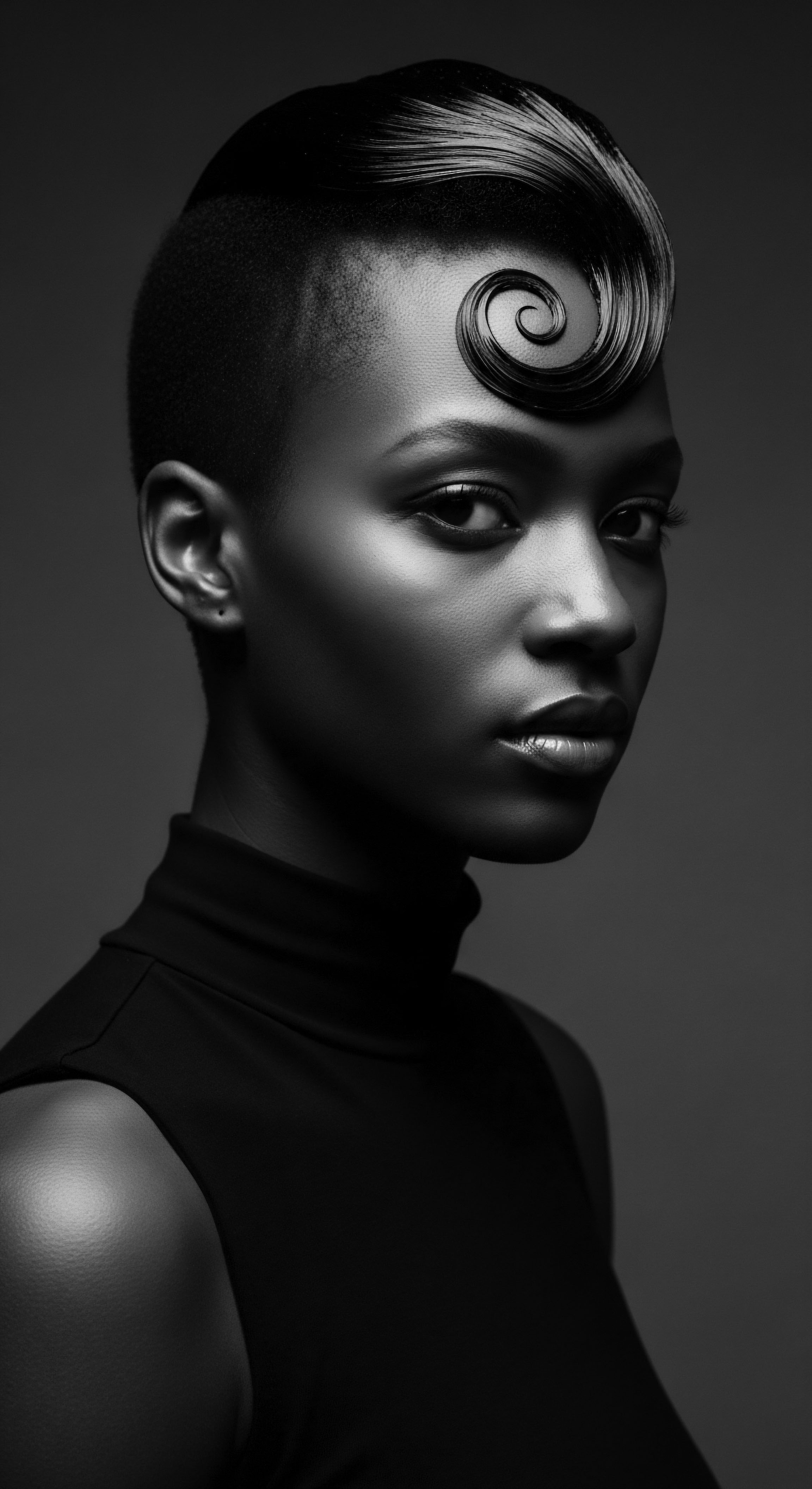
Roots
The whisper of the wind through fields of shea, the gentle rhythm of a mother’s fingers tending her child’s crown – these are not merely sensory images. They are echoes of a heritage, a testament to the profound connection between textured hair and the ancient wisdom of African communities. For generations, hair care was not a mere routine; it was a sacred art, a social event, a canvas of identity, intricately woven into the fabric of daily life.
The question of whether modern science can validate these traditional treatments is not about proving their worth, for their efficacy has been written in the thriving strands of countless ancestors. Instead, it is a call to bridge worlds, to find the resonant frequencies between ancestral practices and contemporary understanding, allowing the timeless wisdom of textured hair heritage to truly sing in a new key.
Consider the very fiber of textured hair, so often misunderstood in Western frameworks. Its unique helical structure, its dense coil patterns, its inherent thirst for moisture—these are not flaws, but rather expressions of its magnificent design, perfectly adapted to the varied climates and cultural needs of the African continent. Understanding this fundamental biology, steeped in its historical context, allows us to appreciate how traditional treatments, passed down through oral histories and lived experience, intuitively responded to these needs long before electron microscopes.

What Defines Textured Hair’s Ancestral Anatomy?
The structural characteristics of textured hair stand as a unique chapter in human biology, shaped over millennia. Unlike the more cylindrical or oval cross-sections common in European and Asian hair types, Afro-textured hair frequently displays an elliptical or flattened cross-section, contributing to its tight coiling and kinking. This morphology, along with variations in cortical cell arrangements, creates points of weakness along the hair shaft, rendering it more prone to breakage if handled without adequate care. The cuticle, the protective outermost layer, may also appear sparser and more lifted in textured strands, which, while contributing to its volumetric appearance, can also lead to increased water loss and dryness.
These intrinsic properties are not deviations from a norm, but a distinct biological heritage. Scientific examination of these features, a relatively recent pursuit in the broader history of hair science, helps to objectively explain why traditional practices focused so intensely on moisture retention, gentle handling, and protective styling.
The intrinsic helical structure and unique cuticle morphology of textured hair naturally predispose it to dryness and breakage, conditions that ancestral African hair care intuitively addressed.
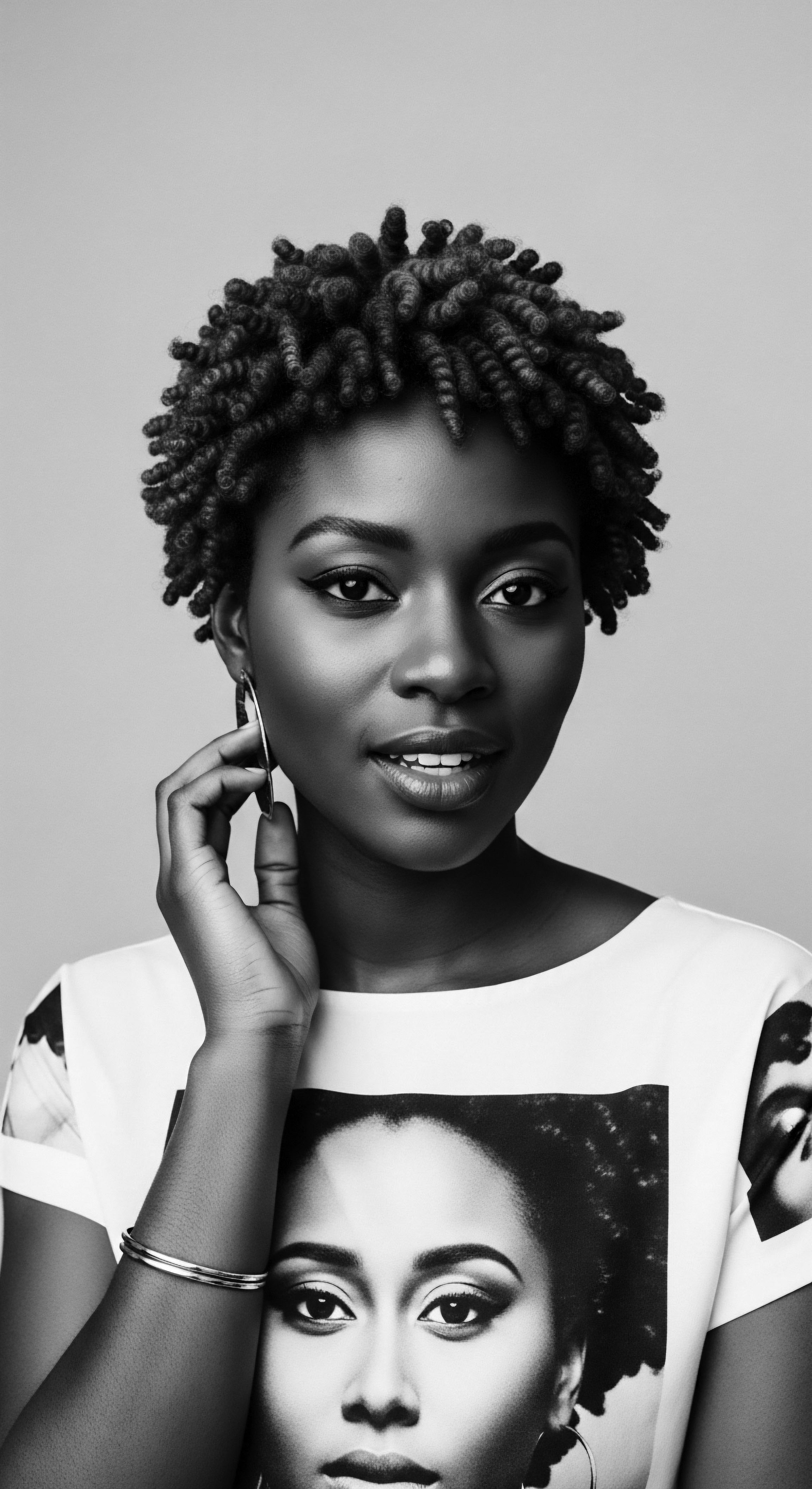
How Did Traditional Knowledge Classify Hair Beyond European Scales?
The categorization of hair, particularly textured hair, has long been influenced by Eurocentric beauty standards. Modern classification systems, like the Andre Walker Hair Typing System, while attempting to categorize curl patterns (from 1a to 4c), can inadvertently perpetuate a hierarchy where looser curls are often favored. In contrast, ancestral African societies held vastly different perspectives. Hair was not merely categorized by curl pattern but by its symbolic content, its ability to communicate.
A woman’s hair could proclaim her marital status, her age, her tribal affiliation, or even her readiness for war. For instance, the Himba people of Namibia, renowned for their intricate hairstyles, use braids coated with red ochre paste to mark significant life stages, with distinct styles indicating youth, readiness for marriage, or motherhood (Afriklens, 2024). This goes beyond a simple “type”; it delves into a living lexicon, where every twist and braid carries a meaning. These traditional systems understood hair as a dynamic aspect of self and community, with fluidity and symbolic depth far surpassing purely aesthetic or structural classifications.
The language surrounding textured hair also reflects this deeper heritage. Terms such as “kinky,” “coily,” or “nappy,” once weaponized during periods of oppression, are being reclaimed and celebrated as descriptions of natural beauty and strength. This reclamation is not just linguistic; it is a profound act of valuing a heritage that was systematically devalued. The essential lexicon of textured hair, therefore, includes not only the scientific terms for its unique anatomy but also the rich tapestry of words that have described its cultural journey through generations, from the communal styling sessions to the defiant embrace of natural styles during movements for liberation.
| Traditional Practice/Ingredient Shea Butter (Vitellaria paradoxa) |
| Observed Ancestral Benefit Deep conditioning, scalp health, shine. |
| Modern Scientific Correlate/Mechanism Rich in fatty acids (oleic, stearic), vitamins A and E; forms occlusive barrier, reducing transepidermal water loss; anti-inflammatory properties for scalp. |
| Traditional Practice/Ingredient Rhassoul Clay (Moroccan Clay) |
| Observed Ancestral Benefit Cleansing without stripping, mineralizing, detangling. |
| Modern Scientific Correlate/Mechanism High in silica, magnesium, calcium, potassium; ion exchange capacity absorbs impurities; provides slip for detangling; gentle surfactant action. |
| Traditional Practice/Ingredient Hot Oil Treatments (Various plant oils) |
| Observed Ancestral Benefit Moisture retention, elasticity, reduced breakage. |
| Modern Scientific Correlate/Mechanism Oils (e.g. coconut, olive) can penetrate hair shaft, reducing protein loss during washing; creates protective film, seals cuticle, improves elasticity. |
| Traditional Practice/Ingredient Protective Styles (Braids, twists) |
| Observed Ancestral Benefit Length retention, reduced manipulation, moisture sealing. |
| Modern Scientific Correlate/Mechanism Minimizes mechanical stress from daily styling; protects ends from environmental damage; allows for longer periods between washes, preserving natural oils. |
| Traditional Practice/Ingredient Ancestral wisdom, though lacking modern scientific language, intuitively understood and addressed the unique needs of textured hair, aligning with contemporary dermatological and trichological findings. |

Ritual
The creation of art often happens in moments of deliberate action, of focused attention, and so it was with the styling of textured hair in ancestral African communities. This was more than just a technique; it was a ritual, a tender thread connecting individuals to their lineage, their community, and the very essence of their being. Each braid, each twist, each adornment was a stroke in a living masterpiece, passed from hand to hand, from generation to generation. The validation sought by modern science is not to elevate these rituals but to appreciate the inherent understanding of hair science that lay within them, an understanding born of centuries of careful observation and practice.
The practice of styling textured hair historically transcended mere aesthetics. It was a social opportunity, a space for bonding and knowledge transfer (Roseborough & McMichael, 2009). The intricate processes often took hours, even days, involving communal washing, combing, oiling, and braiding—a collective endeavor solidifying communal ties. The legacy of these communal hair care rituals continues to shape contemporary Black hair salons and gatherings, which often serve as vibrant centers of social life and cultural exchange.
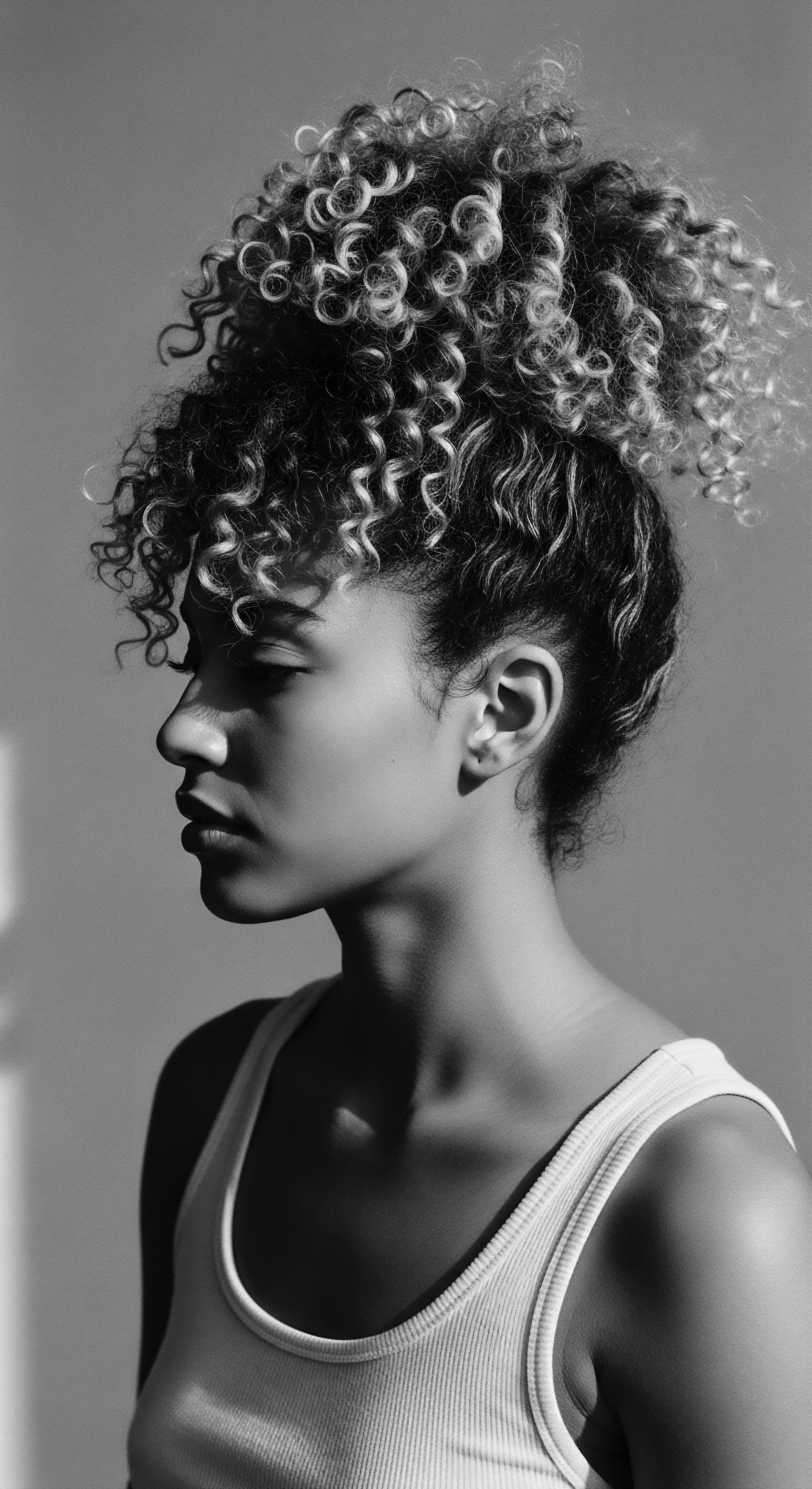
What Ancestral Roots Anchor Protective Styles?
The encyclopedia of protective styling, so vast and varied today, finds its deepest roots in ancestral African heritage. Styles like cornrows, braids, and twists were not simply attractive; they were ingenious solutions to environmental challenges and societal needs. They shielded the hair from harsh sun, dust, and breakage, particularly for those engaged in labor or long journeys. Beyond utility, these styles communicated complex social narratives.
As early as the fifteenth century, West African societies used hairstyles to convey a person’s social status, marital status, age, wealth, or ethnic identity (Tharps, 2021). The halo braid, for example, dates back to the first century, signifying both beauty and a practical approach to hair management (Creative Support, 2023). Modern science confirms the mechanical benefits of these styles ❉ by minimizing daily manipulation, protective styles reduce breakage and allow for length retention, directly addressing the fragility of textured hair and its susceptibility to mechanical damage.
Protective styles, deeply rooted in African heritage, offer mechanical benefits that modern hair science affirms ❉ reduced manipulation, moisture retention, and protection from environmental aggressors.

How Did Ancient Tools Shape Styling Traditions?
The tools employed in traditional African hair care were simple, yet profoundly effective, each crafted with a deep understanding of textured hair’s unique properties. Wide-toothed combs, often carved from wood or bone, prevented breakage during detangling, a practice still advocated by modern stylists. Natural fibers, gourds, and specialized braiding needles were used to create intricate patterns that could last for weeks, sometimes months, allowing natural oils to distribute and hair to rest.
These tools were not merely implements; they were extensions of human ingenuity, designed to work harmoniously with the hair’s natural inclinations. Modern technology, while introducing new materials and forms, often replicates the fundamental principles embedded in these ancestral tools, recognizing the wisdom in their design.
Consider the widespread use of plant-based materials for styling and conditioning. The juice from leaves, the pulp of fruits, the oils pressed from nuts—these were the ancestral elixirs.
- Aloe Vera ❉ Used for centuries across Africa for its soothing and moisturizing properties, scientific studies now confirm its rich composition of vitamins, enzymes, minerals, and amino acids, which promote scalp health and hair hydration.
- Neem Oil (Azadirachta indica) ❉ Traditionally applied for scalp conditions and to promote hair growth, modern research recognizes its anti-inflammatory and antimicrobial properties, effective against dandruff and other scalp issues.
- Shea Butter (Vitellaria paradoxa) ❉ A cornerstone of West African hair care, its emollient properties and fatty acid content are now widely understood to condition hair and seal in moisture.
- Marula Oil ❉ Native to Southern Africa, this oil was used for its moisturizing properties. It is now valued for its high oleic acid content and antioxidants, beneficial for scalp issues and dryness.

Relay
To delve into the efficacy of traditional African hair treatments through the lens of modern science is to engage in a relay race across generations, where ancestral wisdom hands the baton to contemporary research. It is a dialogue, not a declaration of superiority, a testament to the enduring power of observation and natural resources. This exploration moves beyond surface understanding, seeking the deep scientific underpinnings that explain why practices refined over centuries continue to hold relevance in our current era. The objective is to analyze the complex interplay of botanical compounds, physiological responses, and cultural applications that have shaped the health and beauty of textured hair for millennia.
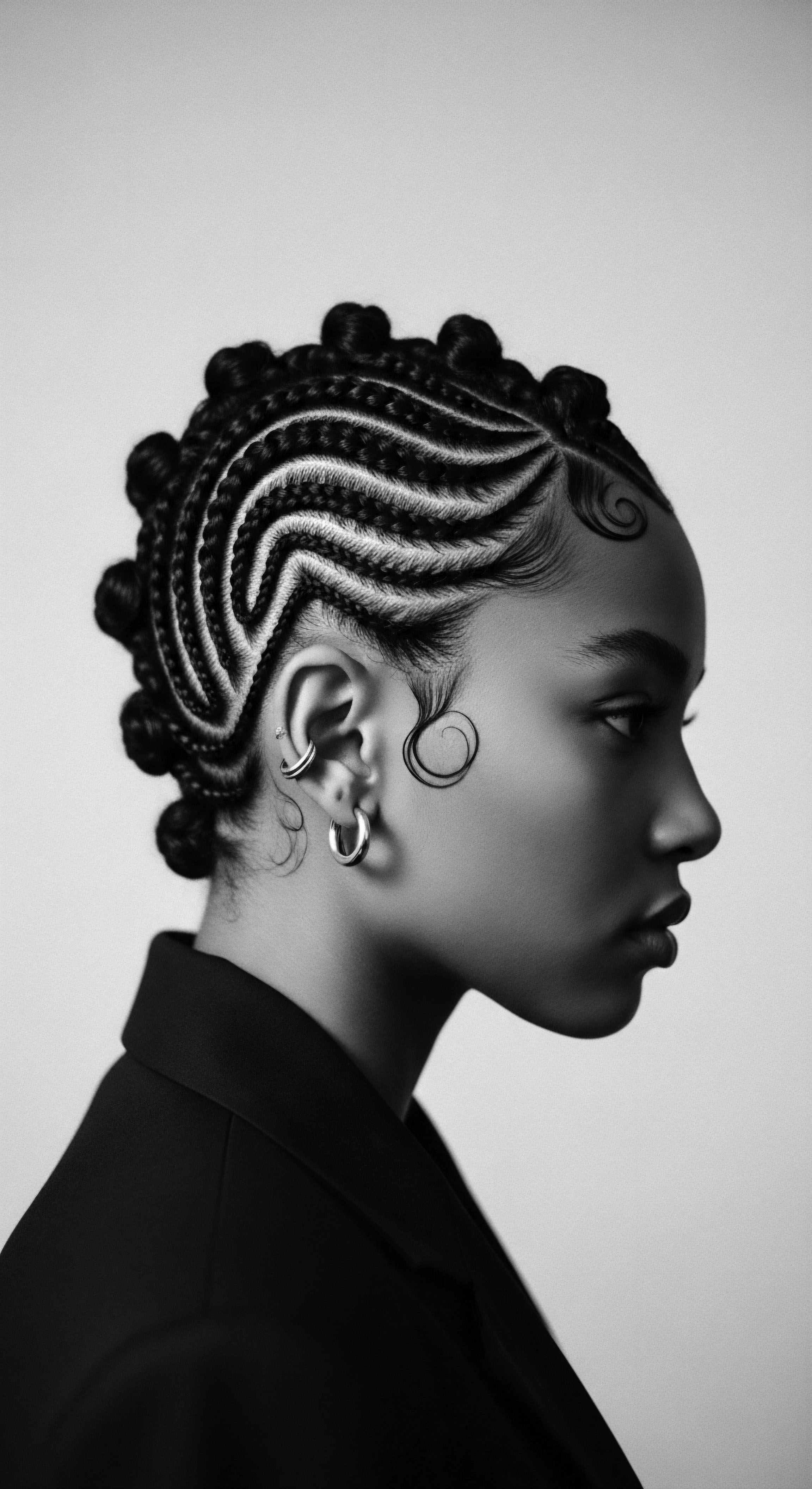
Do Traditional Plant Remedies Align with Hair Biology?
The vast pharmacopoeia of African plants utilized for hair and scalp care provides fertile ground for scientific investigation. Ethnobotanical studies across the continent document numerous plant species employed for conditions such as hair loss, dandruff, and general hair health (Sharaibi et al. 2024). Many of these traditional remedies contain phytochemicals known for their anti-inflammatory, antimicrobial, antioxidant, and moisturizing properties, which directly address common challenges faced by textured hair.
For instance, a study in Nigeria documented the traditional use of Shea Butter (Vitellaria paradoxa), Onion (Allium cepa), Garlic (Allium sativum), and Neem (Azadirachta indica) for various hair and scalp conditions. Modern scientific research has indeed confirmed the benefits of these ingredients. Shea butter, for example, is rich in fatty acids and vitamins A and E, forming a protective barrier that reduces water loss and conditions the hair shaft. Notably, a United States patent (US 20050053564 A1) was granted for a composition including shea butter and papaya for hair growth and restoration of damaged hair, validating the ancestral understanding of its restorative properties (Muanya et al.
2019). Garlic, traditionally used for hair loss, has shown efficacy in treating alopecia areata, demonstrating its potent hair-restoring capabilities (Muanya et al. 2019). This scientific validation of plant extracts speaks volumes about the observational rigor and cumulative knowledge of ancestral healers.
Many African plants traditionally used for hair care possess scientifically recognized properties that target common hair and scalp conditions, offering a modern validation of ancient practices.
The efficacy of these botanical treatments often lies in their holistic action. Instead of isolating a single compound, traditional methods utilize the synergistic effects of various components within a plant. For example, some studies suggest a connection between dysregulated glucose metabolism and hair loss, and interestingly, many African plants traditionally used for hair conditions also show potential as anti-diabetic treatments when taken orally (Okolie, 2014; Ssemakula et al.
2024). This raises fascinating questions about whether traditional topical applications of these plants might also contribute to local metabolic balance, thereby influencing scalp and hair health—a concept that moves beyond simple cosmetic application toward a deeper physiological interplay.

How Does Bonnet Wisdom Protect Textured Hair?
The simple, often overlooked, practice of covering textured hair at night, particularly with a Satin or Silk Bonnet, finds strong scientific backing in the realm of hair health. This practice, deeply embedded in the heritage of Black and mixed-race communities, serves as a crucial protective measure against mechanical damage and moisture loss. Cotton pillowcases, with their absorbent fibers, can strip essential moisture from hair strands overnight, leading to dryness, frizz, and breakage. The smooth surface of silk or satin, on the other hand, creates minimal friction, allowing hair to glide without snagging or tangling.
This significantly reduces mechanical stress, which is particularly vital for the fragile structure of textured hair, as combing and braiding can cause notable damage (Reddit, 2025). The preservation of moisture is paramount for textured hair, given its natural dryness and lifted cuticle. The bonnet acts as a mini-environment, trapping humidity close to the hair, preventing the evaporation that cotton encourages. This practical wisdom, passed down through generations as “bonnet wisdom,” is entirely supported by modern understanding of hair physics and hydration.
The evolution of hair care regimens in Black communities, from the deliberate use of chemical relaxers to conform to Eurocentric standards, to the contemporary “natural hair” movement, demonstrates a powerful reclaiming of ancestral wisdom. Research indicates a significant shift, with a documented 26 percent decrease in relaxer sales between 2008 and 2013, and a 17 percent decrease between 2006 and 2011, signaling a return to embracing natural curl patterns and healthier lifestyles (Callender et al. 2015). This movement is not merely a trend; it is a profound cultural realignment, one that recognizes the scientific efficacy of traditional approaches in promoting the long-term vitality of textured hair.
| Ingredient (Common Name/Botanical) Aloe Vera (Aloe barbadensis miller) |
| Traditional Use in Heritage Soothing scalp, moisturizing, promoting growth. |
| Scientific Action/Compounds Identified Contains vitamins (A, C, E, B12), enzymes, salicylic acid, amino acids; anti-inflammatory, anti-fungal, promotes wound healing; aids in reducing scalp irritation and conditioning hair. |
| Ingredient (Common Name/Botanical) Coconut Oil (Cocos nucifera) |
| Traditional Use in Heritage Deep conditioning, strengthening, shine. |
| Scientific Action/Compounds Identified Rich in lauric acid (small molecular size, able to penetrate hair shaft); reduces protein loss, conditions, seals cuticle, protects against heat damage. |
| Ingredient (Common Name/Botanical) Olive Oil (Olea europaea) |
| Traditional Use in Heritage Moisturizing, softening, elasticity. |
| Scientific Action/Compounds Identified High in oleic acid and antioxidants; provides conditioning, seals moisture, contributes to hair elasticity. |
| Ingredient (Common Name/Botanical) African Black Soap |
| Traditional Use in Heritage Cleansing, clarifying scalp. |
| Scientific Action/Compounds Identified Derived from plantain skins, cocoa pods, palm oil, shea butter; acts as a natural cleanser, gentle yet effective for removing buildup without harsh stripping. |
| Ingredient (Common Name/Botanical) These traditional ingredients, once simply applied with generational intuition, now have their benefits corroborated by an expanding body of scientific understanding. |
The intersection of ancestral wisdom and modern scientific inquiry offers a powerful pathway for holistic hair wellness. It acknowledges that the ancient healers, through rigorous observation and experimentation within their environments, developed effective treatments. Their understanding, while lacking modern laboratory analysis, was profound. The relay continues, as contemporary science provides the language and mechanisms to articulate what our ancestors knew instinctively, further solidifying the heritage of textured hair care as a source of enduring value.

Reflection
To journey through the legacy of textured hair, from its molecular architecture to its grandest cultural expressions, is to witness a profound narrative of resilience and deep wisdom. The question of whether modern science can validate traditional hair treatments from African heritage finds its answer not in a simple ‘yes’ or ‘no,’ but in a vibrant ‘yes, and…’ The ‘and’ here speaks to the layers of meaning, the historical weight, and the ongoing evolution that define this unique heritage. It speaks to the recognition that while science offers invaluable insights into mechanisms and compounds, it merely articulates what ancestral hands and communal hearts have known for centuries. The true validation lies not in laboratory confirmation alone, but in the enduring health, strength, and cultural significance of textured hair, which has survived centuries of challenge and emerged, defiantly, as a crown.
Roothea’s ‘Soul of a Strand’ ethos recognizes this journey as a living, breathing archive. It is a commitment to honoring the deep ancestral knowledge that understood the nuances of textured hair before the advent of trichology labs, and to celebrating the continuous flow of wisdom from past to present. Our hair, in its myriad coils and kinks, remains a powerful conduit to our history, a tangible link to the ingenuity and spirit of those who came before us.
This heritage is not static; it is a dynamic wellspring, informing future innovations in hair care while forever rooting us in the profound beauty of our origins. We find strength in this continuity, a quiet, knowing power in every strand.
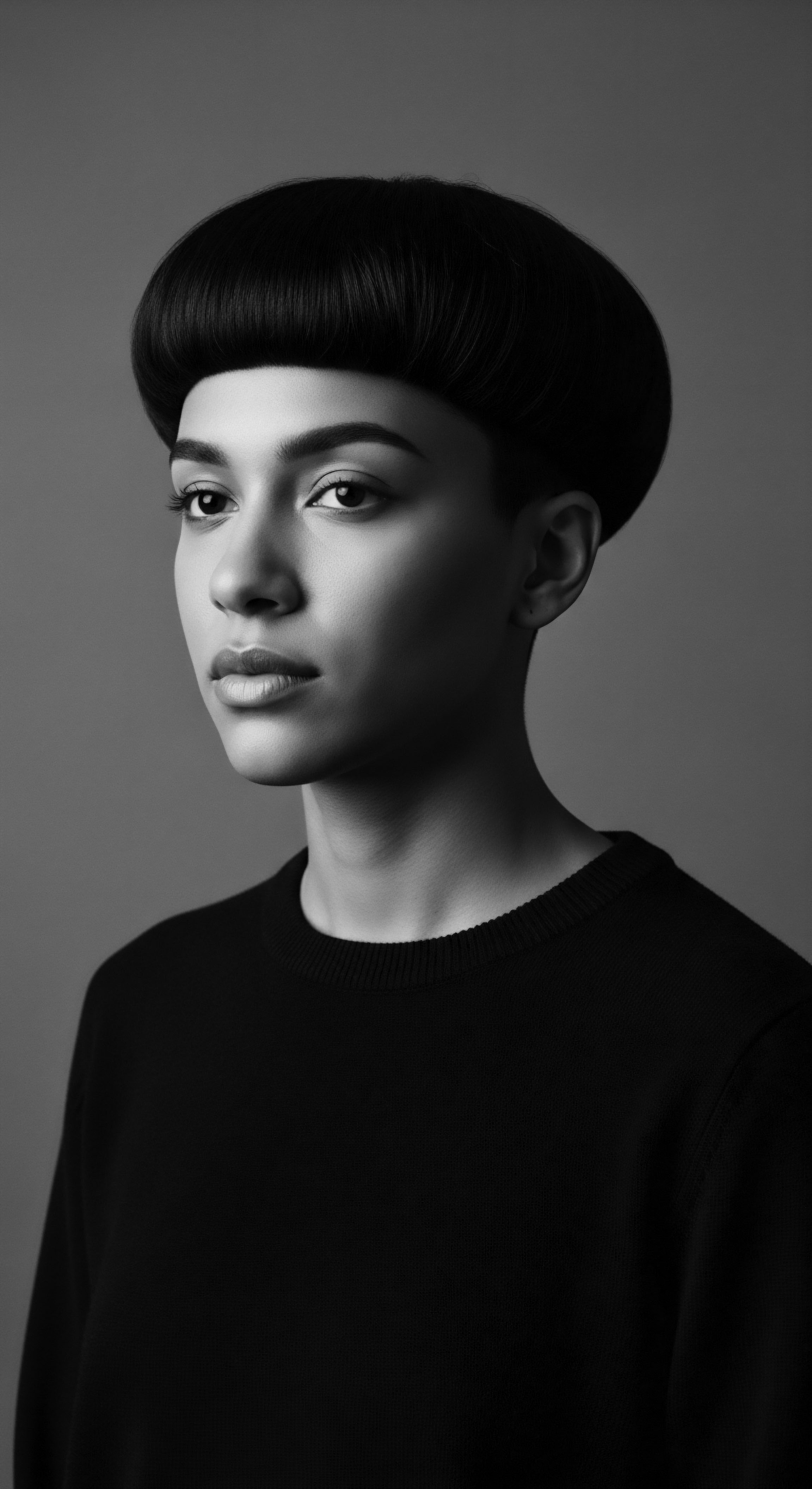
References
- Afriklens. (2024). African Hairstyles ❉ Cultural Significance and Legacy.
- Callender, V. D. Wright, D. R. Davis, E. C. & Sperling, L. C. (2015). Contemporary African-American Hair Care Practices. Journal of the American Academy of Dermatology, 62(3), 402-408.
- Creative Support. (2023). The History of Black Hair.
- Muanya, C. Akpunonu, C. & Onyenucheya, A. (2019). Scientists validate more herbs for hair growth. The Guardian Nigeria News.
- Okolie, O. D. (2014). An Evaluation of the Anti-Diabetic Properties Asparagus africanus Lam. Root Extracts. Master’s thesis, Central University of Technology, Bloemfontein, Free State, South Africa.
- Omotos, A. (2018). The Significant Symbolism of Hair in Traditional African Culture. Journal of Pan African Studies.
- Reddit. (2025). Hair care science for Afro Hair. (User Post on r/HaircareScience)
- Roseborough, I. E. & McMichael, A. J. (2009). Hair Care Practices in African-American Patients. Seminars in Cutaneous Medicine and Surgery, 28(2), 103-108.
- Sharaibi, O. J. Oluwa, O. K. Omolokun, K. T. Ogbe, A. A. & Adebayo, O. A. (2024). Cosmetic Ethnobotany Used by Tribal Women in Epe Communities of Lagos State, Nigeria. Journal of Complementary Medicine and Alternative Healthcare, 12(4), 555845.
- Ssemakula, C. Ssemakula, A. M. Ssemakula, C. S. & Namaganda, A. (2024). Cosmetopoeia of African Plants in Hair Treatment and Care ❉ Topical Nutrition and the Antidiabetic Connection? MDPI Diversity, 16(2), 96.
- Tharps, L. (2021). Tangled Roots ❉ Decoding the history of Black Hair. CBC Radio.
